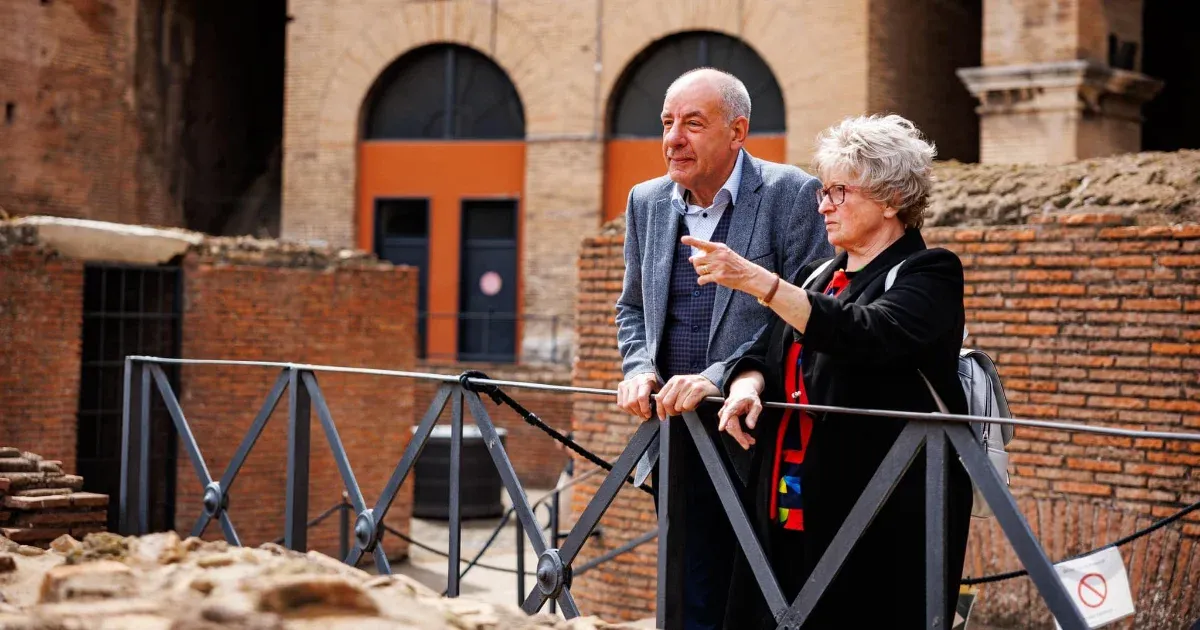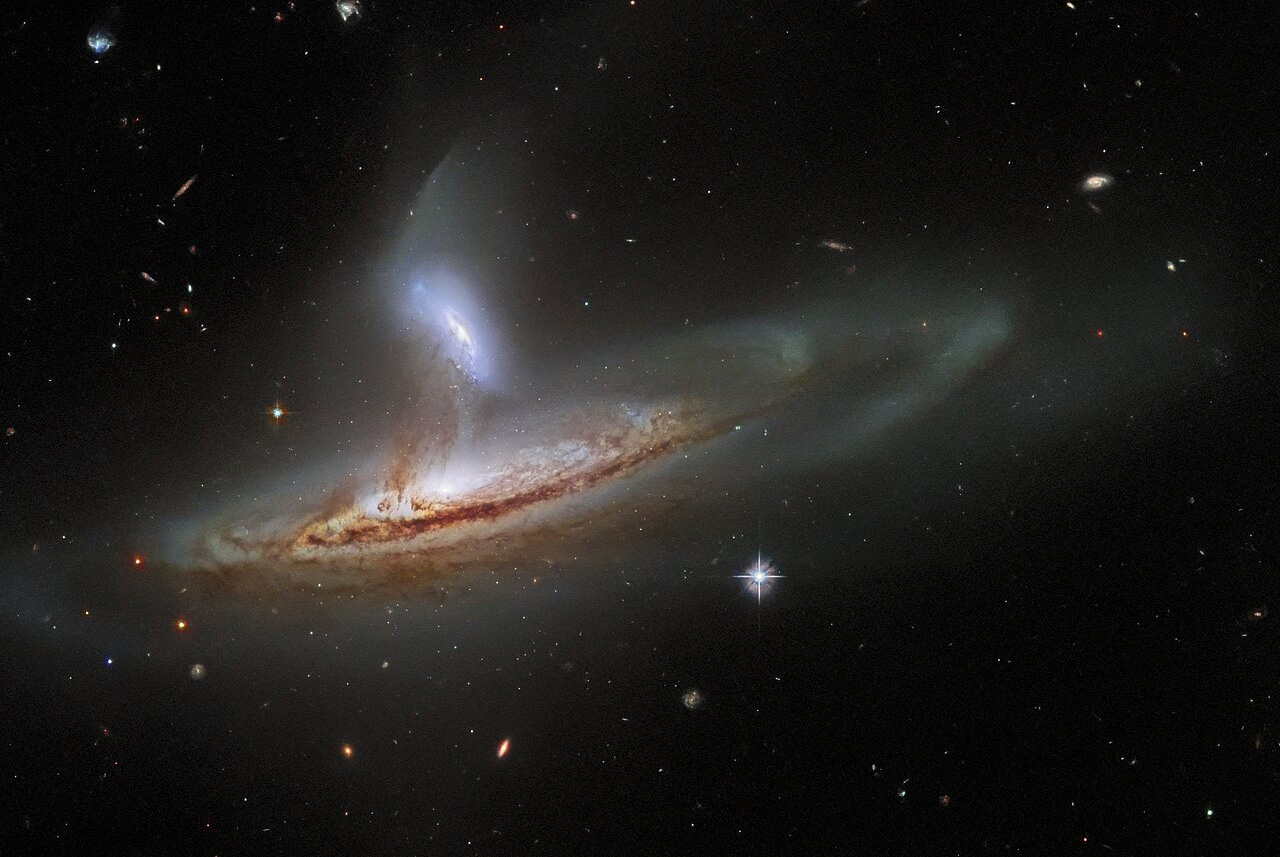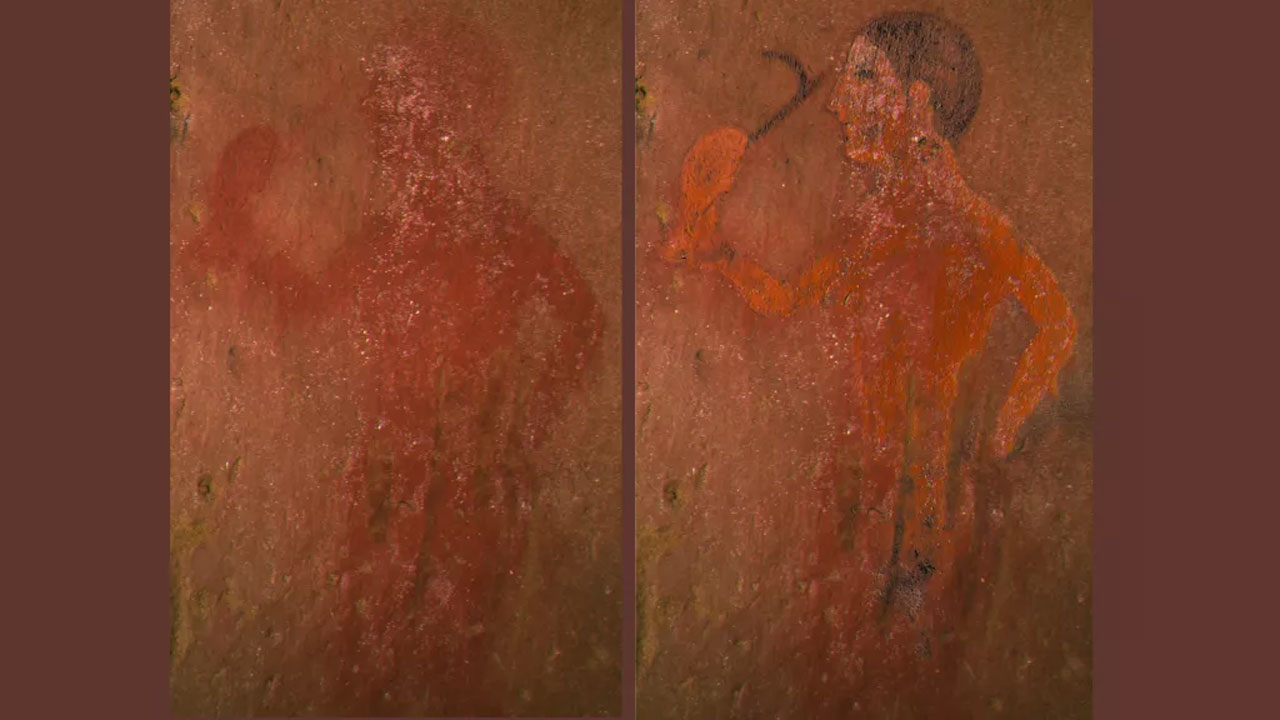DNA evidence may put an end to a long-running debate that sought to answer the question of where the ancient Etruscans, who created the most important civilization before the rise of the Roman Empire, came from.
We don’t know much about the Etruscans yet
According to nearly 2,000 years of genomic data collected from twelve sites in Italy, the Etruscans did not migrate from Anatolia (an area now part of Turkey) but shared their genetic heritage with the original Mediterranean inhabitants.
a science progress According to a study published in a scientific journal, they are all descendants of pastoralists who moved from the steppes to the region during the late Neolithic and Bronze Age. Given that research indicates that the Indo-European languages originated from here, the discovery highlights another Etruscan mystery about their lost, centuries-old non-Indo-European language.
This linguistic phenomenon, along with genetic changes, calls into question simple assumptions that genes are the same languages. David Caramelli, an anthropologist at the University of Florence in Italy, said: ScienceAlert Online science portal. – However, this presents us with a more complex scenario that may have involved the assimilation of early Italian speakers with the Etruscan-speaking community, which may have occurred in the second millennium BC.
He added, however, that we do not yet know much about the Etruscans, only little surviving evidence of their existence. However, science knows that they were great craftsmen and well-trained metalworkers. But we now only partially understand their lost language, which makes it difficult to search for their origins, especially in the absence of strong genetic evidence.

According to the theory of the Greek historian Herodotus, the Etruscans migrated from Asia Minor to central Italy and their culture was of Greek origin. This explanation is not really supported by modern scholars, and archaeologists have also found very little evidence to support it. According to another possibility that arose, the Etruscan civilization arose from the indigenous people who had already settled in the area.
Alarm gene profile
Led by anthropologist Cosimo Posth, an anthropologist at the University of Tübingen in Germany, an international research team sought to dig deeper into the mystery by studying ancient DNA. Genetic samples were collected from 82 individuals who lived in the area between 800 and 1000 before our era.
These samples were compared with the DNA of other ancient and modern populations.
It was found that the genetic profiles of the Etruscans were shared with those of neighboring populations living in the Mediterranean despite the fact that the two groups showed significant linguistic and cultural differences.
Like most other European populations, much of this genetic profile is attributed to ancestors related to the steppes.

Experts say it is not clear how such important differences could have arisen between the Etruscans and their neighbors.The team’s analysis also revealed the consequences of the big changes in Italy. Ancient DNA revealed, for example, that when the Roman Empire rose, the Etruscan population underwent a major genetic change: those living in the eastern Mediterranean mixed with the Italian population.
After the collapse of the Roman Empire, genetic profiles changed again,
Northern European origins spread across the peninsula, probably as a result of the conquest of the Germanic and Swedes Lombards who conquered and then controlled most of the region from 568 to 774.
However, from about 1000 onwards, the genetic profile of the inhabitants of the Tuscany, Lazio, and Basilicata regions remained largely unchanged. Experts hope that more studies in the future will help support these findings.











































